Auto Refractometer
An auto refractometer is a diagnostic instrument used in optometry and ophthalmology to measure a patient’s refractive error and determine their eyeglass prescription.
Summary:
An auto refractometer is an automated diagnostic instrument used in eye care to measure refractive error objectively and efficiently. It plays a crucial role in determining eyeglass prescriptions and is an integral part of comprehensive eye examinations, particularly in settings where speed, accuracy, and ease of use are prioritized.
Description
Auto Refractometer
An auto refractometer is a diagnostic instrument used in optometry and ophthalmology to measure a patient’s refractive error and determine their eyeglass prescription. Here are the details and uses of an auto refractometer:
Components and Functionality:
- Measurement of Refractive Error: An auto refractometer uses automated technology to measure how light is refracted (bent) as it enters the eye. This helps determine the patient’s refractive error, which includes parameters such as myopia (nearsightedness), hyperopia (farsightedness), astigmatism (irregular curvature of the cornea or lens), and presbyopia (age-related difficulty in focusing up close).
- Automated Process: Unlike manual refractometers where the optometrist or ophthalmologist manually adjusts lenses while asking the patient which lenses provide clearer vision, an auto refractometer performs this process automatically. The patient typically looks into the machine’s viewfinder while the device measures how light is focused by the eye.
- Objective Measurement: Auto refractometers provide objective measurements of refractive error, which means they are less dependent on the patient’s responses or cooperation compared to subjective methods used in manual refraction.
- Speed and Accuracy: These instruments are designed for speed and accuracy, making them efficient tools in eye clinics and practices where quick diagnosis and prescription determination are essential.
- Integration with Other Instruments: Auto refractometers are often integrated with other diagnostic instruments, such as visual field analyzers or tonometers (used to measure intraocular pressure), in comprehensive eye examination setups.
Uses and Clinical Applications:
- Initial Refractive Assessment: Auto refractometers are used as a first step in determining a patient’s refractive error during an eye examination.
- Prescription Determination: The measurements from an auto refractometer provide a starting point for the optometrist or ophthalmologist to refine the eyeglass prescription through subjective refinement (manual refraction) and patient feedback.
- Screening Tool: They are valuable as screening tools, especially in settings where large numbers of patients need to be assessed quickly, such as in vision screening programs or during preoperative evaluations for refractive surgery.
- Pediatric and Non-Cooperative Patients: Auto refractometers are particularly useful for children and individuals who may have difficulty cooperating during manual refraction, providing reliable measurements without requiring extensive patient feedback.
- Monitoring Changes: They are also used to monitor changes in refractive error over time, which is important for managing conditions like myopia progression in children or adjusting prescriptions for aging adults experiencing presbyopia.
Summary:
An auto refractometer is an automated diagnostic instrument used in eye care to measure refractive error objectively and efficiently. It plays a crucial role in determining eyeglass prescriptions and is an integral part of comprehensive eye examinations, particularly in settings where speed, accuracy, and ease of use are prioritized.

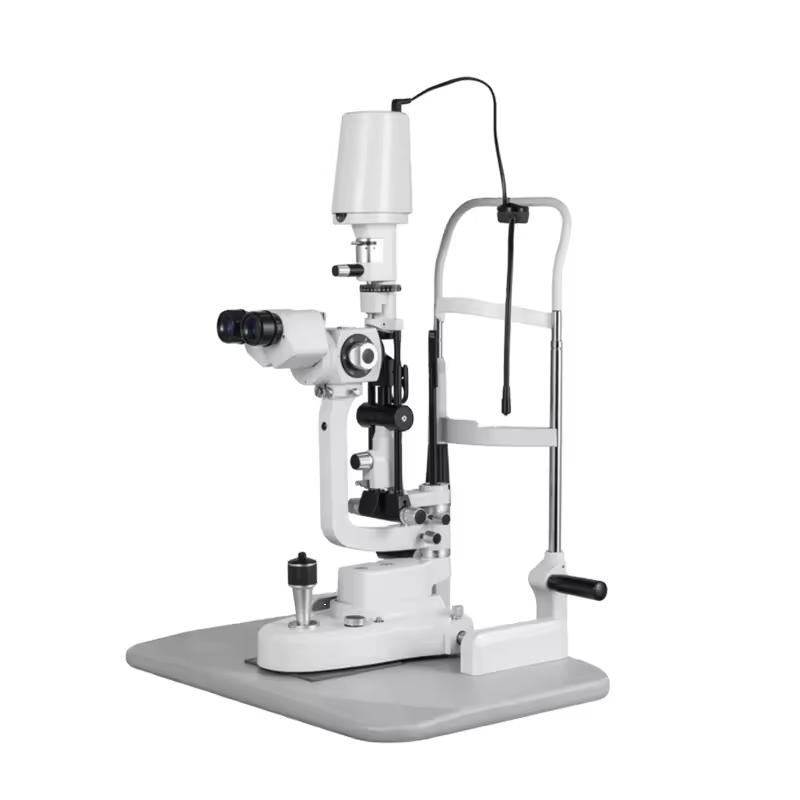
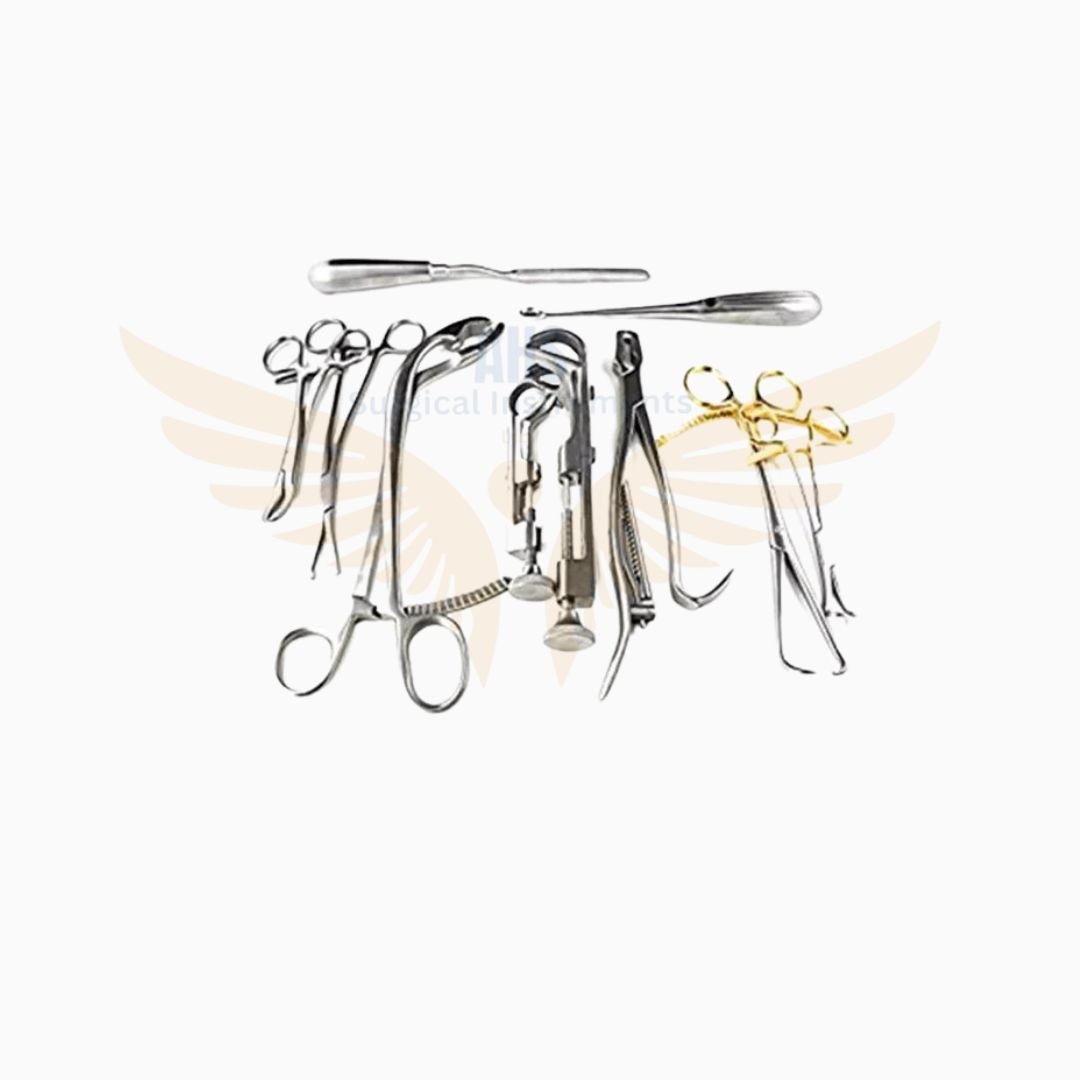
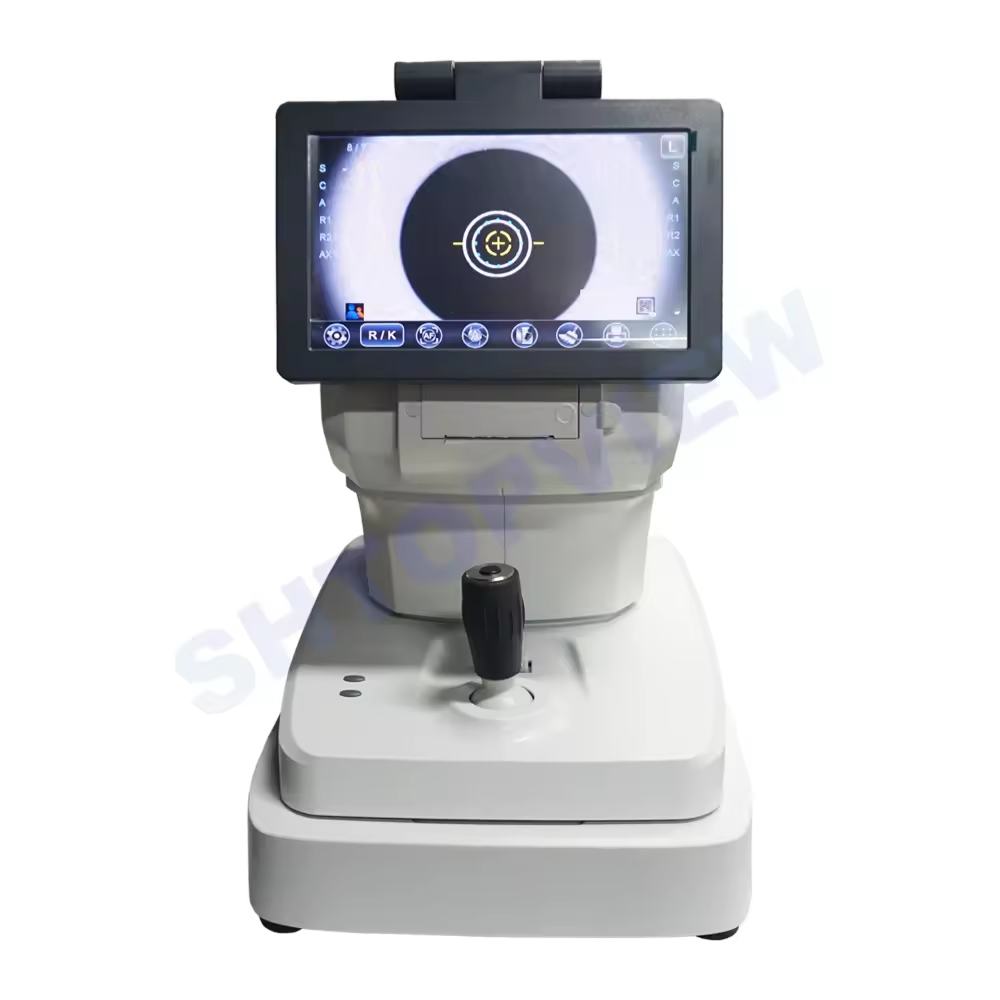
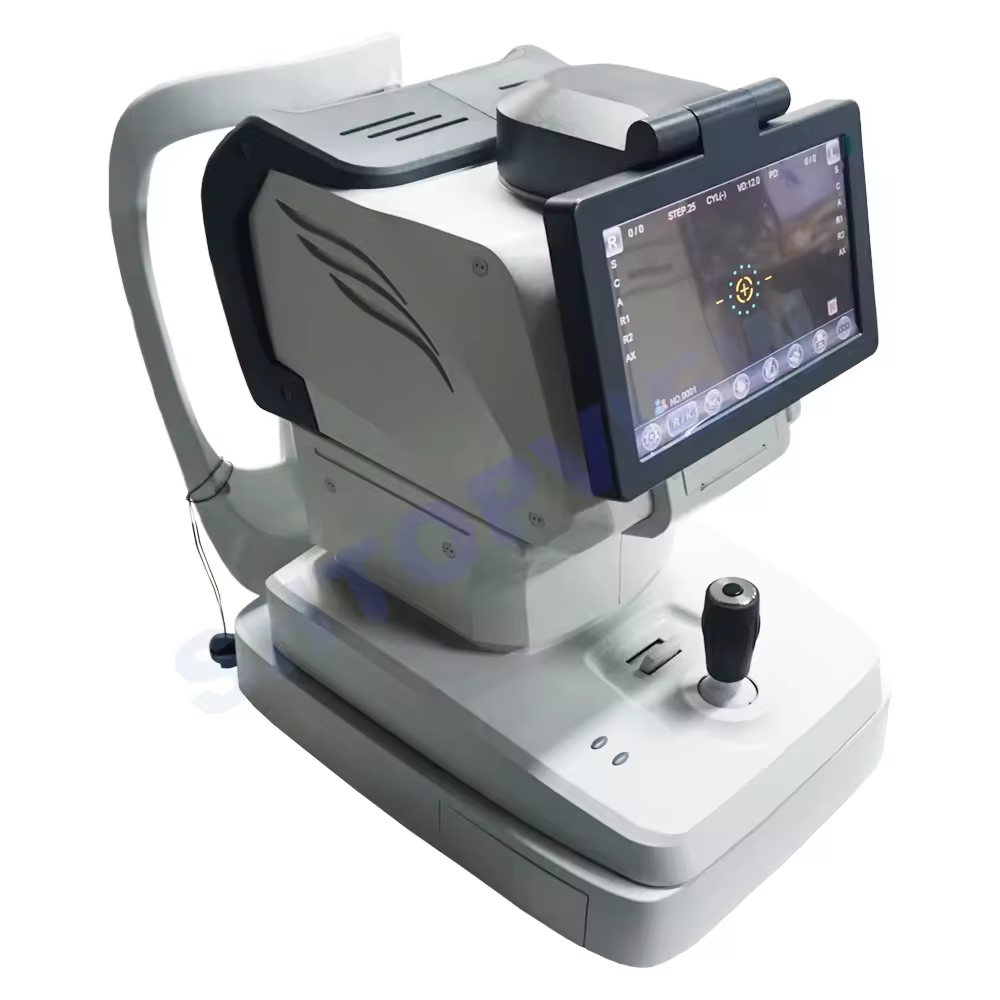
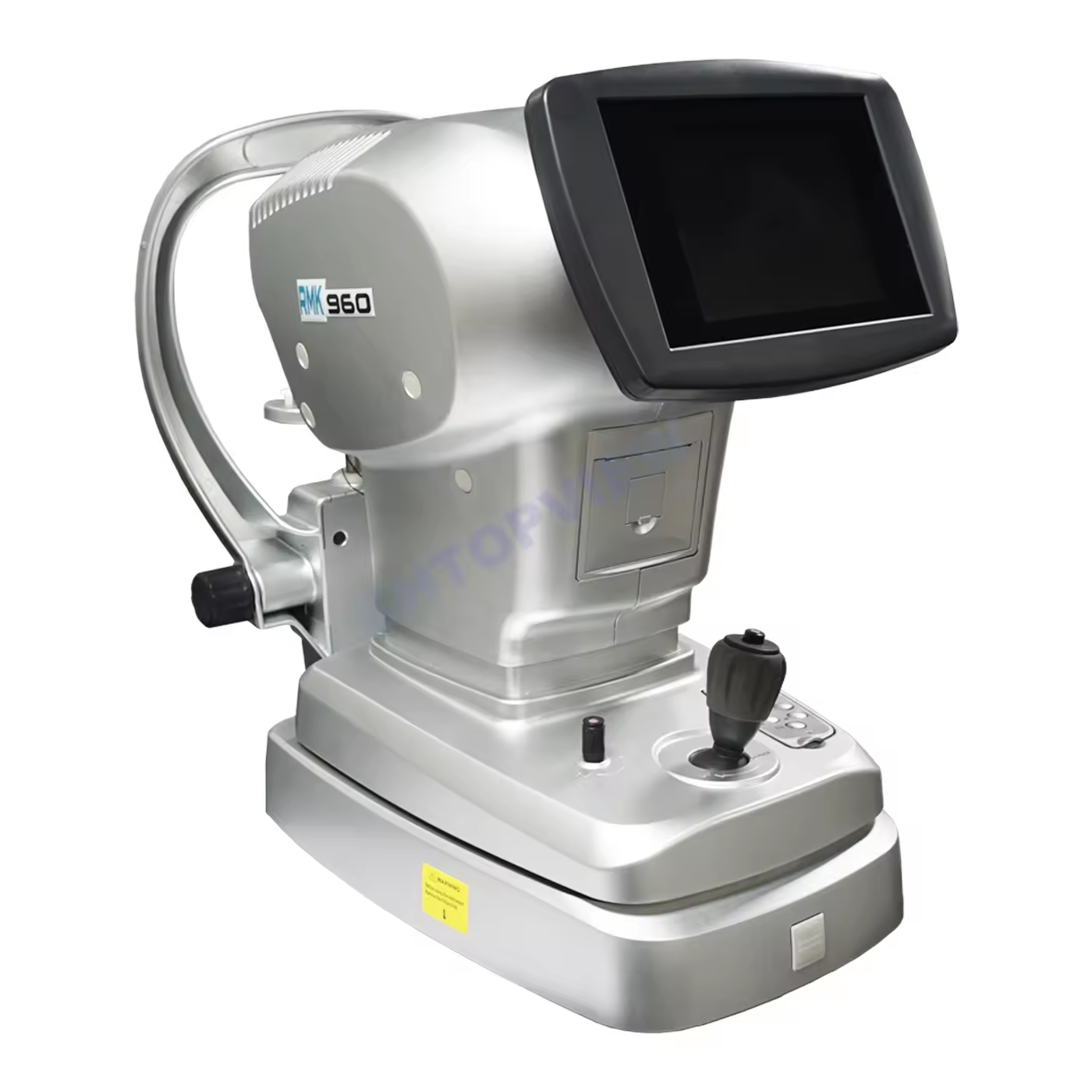















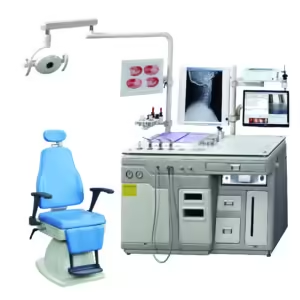
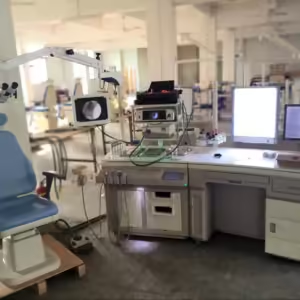










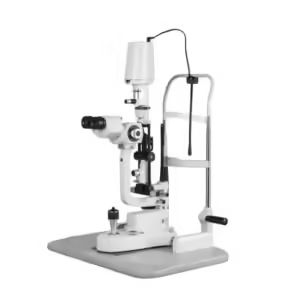
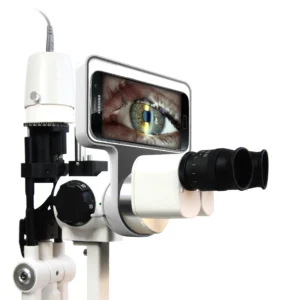


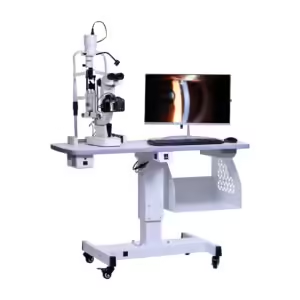



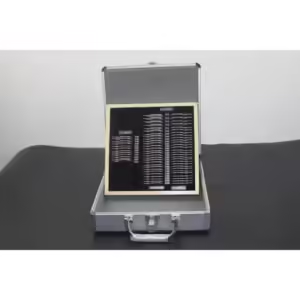
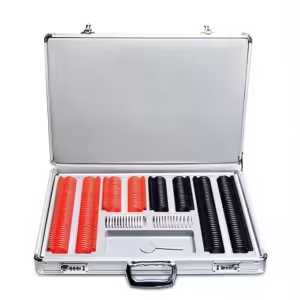



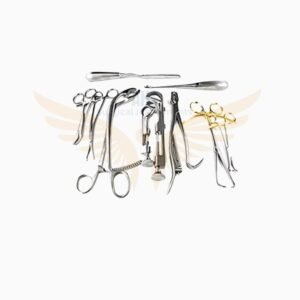

Reviews
There are no reviews yet.